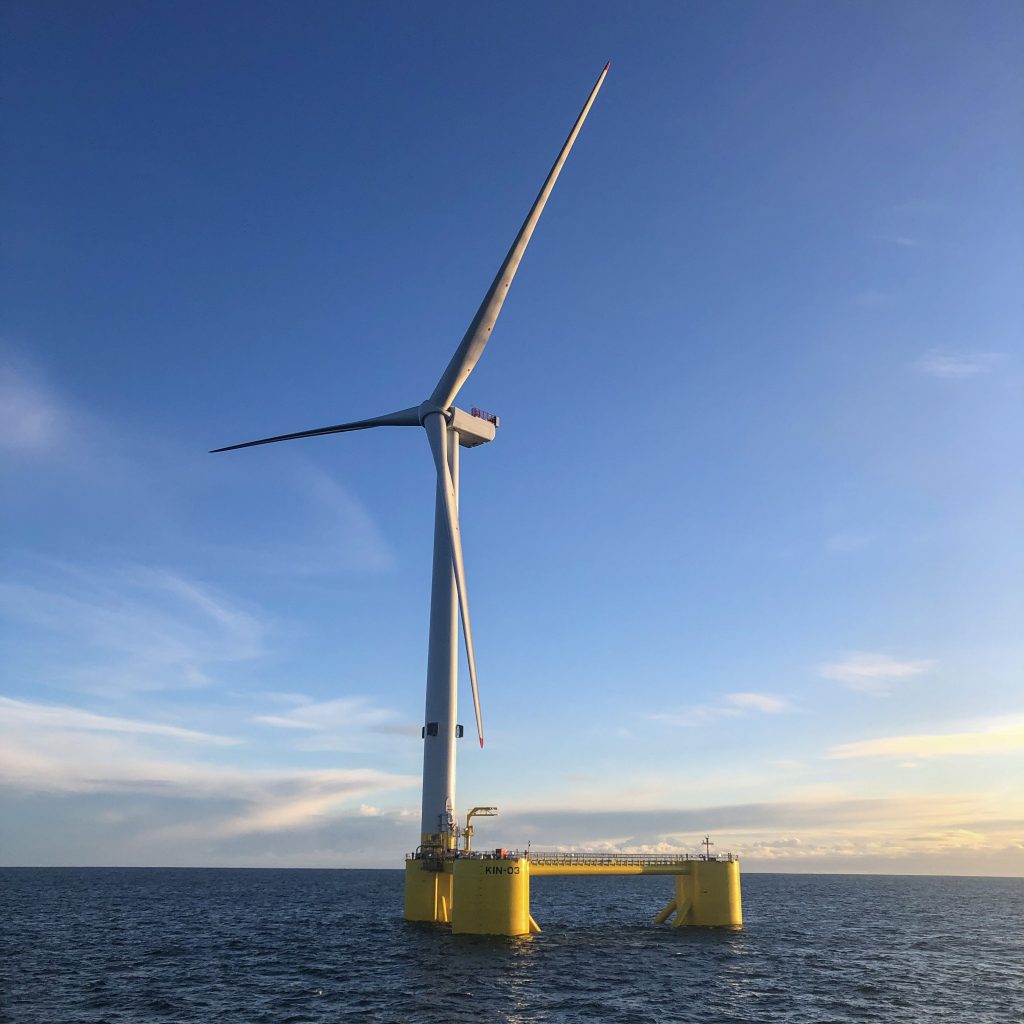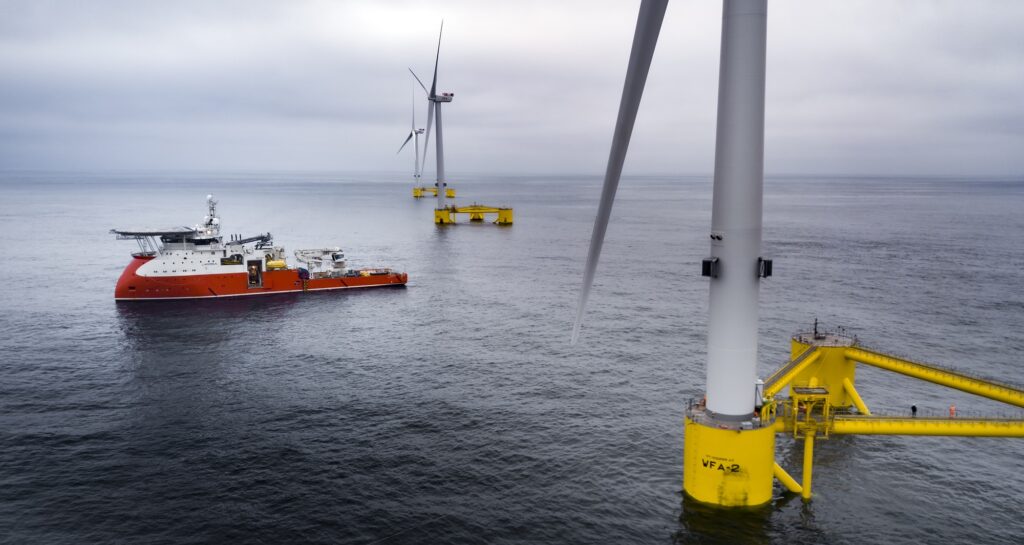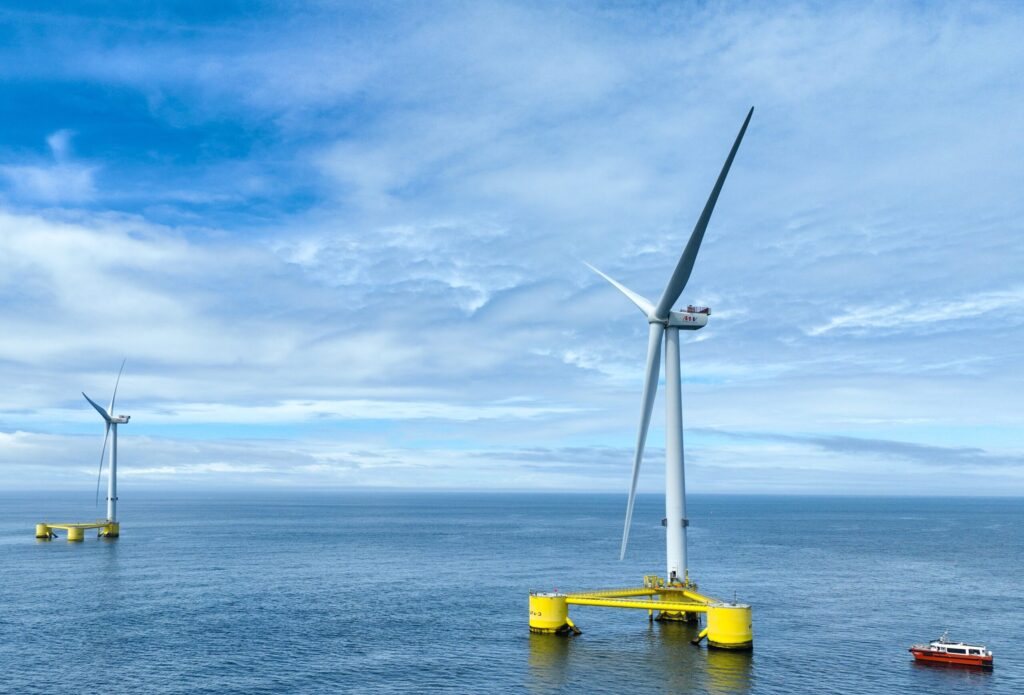The recent launch of the ScotWind and Round 5 leasing processes have marked the beginning of the development process for large-scale floating offshore wind (FOW) in Scotland and the Celtic Sea. Though the leasing processes included an extensive consultation process in order to anticipate and mitigate a range of possible sectoral conflicts, further work is required to address the potential risks and opportunities associated with co-existence with other sea users.
Given the early commercial status of FOW technology relative to fixed wind, the exact nature of these potential interactions are currently unclear.
With this in mind, the Floating Offshore Wind Centre of Excellence (FOW CoE) launched the Floating Offshore Wind Co-location and Co-existence Risks and Opportunities project.
The aim was to facilitate a stakeholder engagement process that would identify potential interactions between future commercial-scale FOW farms and a range of other sea users, and to assess the associated challenges and potential opportunities. The principal objective was to develop a roadmap outlining a portfolio of activities which, if carried out in a timely manner, could deliver benefits that coincide with commercial-scale FOW deployment over the course of the next decade, and would support constructive engagement between the two sectors both throughout this period and beyond.
The scope of the FOW Co-location and Co-existence Risks and Opportunities project principally focuses on the following maritime industries: aquaculture, carbon capture and storage, defence, oil and gas, and subsea cables.
This project is intended to accompany the previous FOW CoE study, the Floating Offshore Wind and Fishing Interaction Roadmap, the findings of which were published in November 2021. To avoid duplication with the FOW and Fishing Interaction Roadmap, and the FOW CoE’s Floating Offshore Wind Navigational Planning and Risk Assessment project (published in September 2023), the fishing, maritime navigation, and aviation industries were excluded from the scope of this project.
Take a look at the full report to learn more about the findings of the FOW Co-location and Co-existence Risks and Opportunities project.





